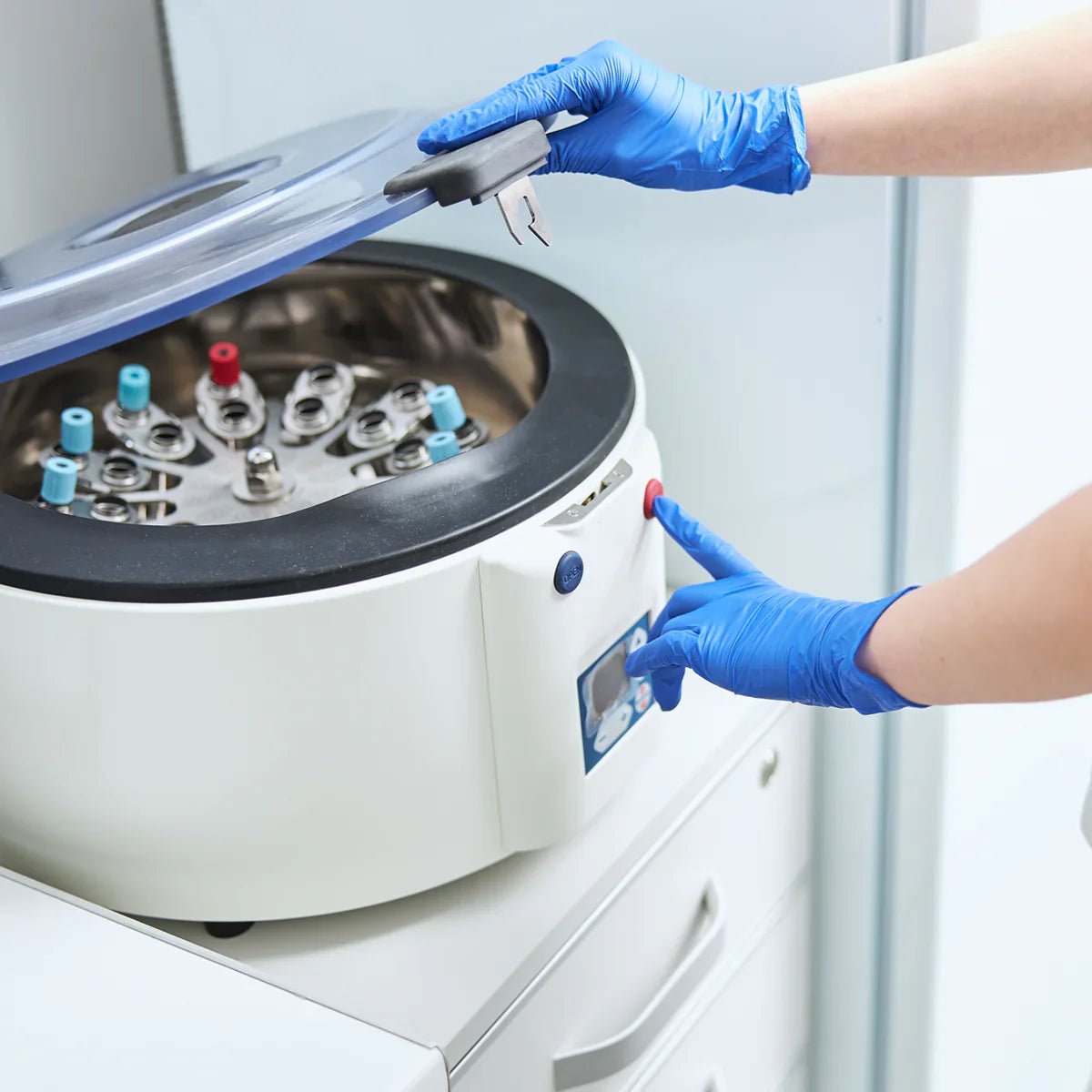PRP uses patients’ blood to prompt tissue restoration. Some aesthetic dermatologists use PRP for facelifts and skin rejuvenation procedures. In recent years, hair restoration experts have begun to use platelet rich plasma to promote hair growth. So how does PRP work?Blood is comprised of red blood cells, white blood cells, platelets, and plasma. Platelets, in specific, allow blood to clot due to their healing elements. Therefore, when platelet counts are high, the body’s healing process is expedited and wounds are able to heal faster. Much like a skin wound, follicle damage can be reversed with the application of blood platelets. Platelets from a hair restoration patient’s blood are derived and injected directly into the scalp where hair loss is evident.

5 Hair-Care Guidelines to Make the Best of Your Labor Day
Platelet Rich Plasma (PRP): A Treatment for Male and Female Hair-Loss